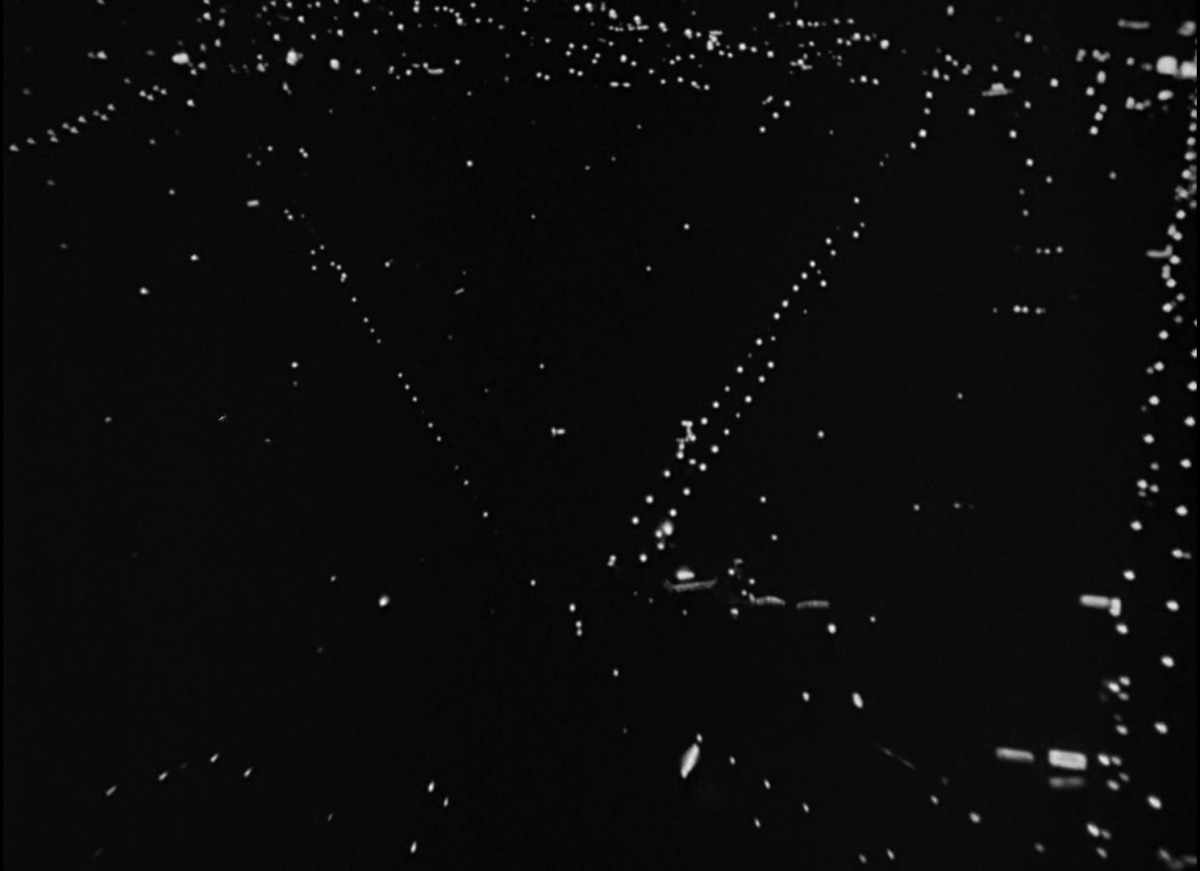Every Film Is a Social Documentary
On the occasion of Éditions Macula’s recent edition of the collected works of André Bazin (1918-1958), Sabzian will publish nine texts written by the French film critic between 1947 and 1957, both in the original French version and the Dutch and English translations. Bazin is sometimes called “the inventor of film criticism”. Entire generations of film critics and filmmakers, especially those associated with the Nouvelle Vague, are indebted to his writings on film. Bazin wasn’t a critic in the classical sense. François Truffaut regarded him as an “écrivain de cinéma” [“cinema writer”], who sought to describe films rather than judge them. For Jean-Luc Godard, Bazin was a “filmmaker who did not make films but who made cinema by talking about it, like a pedlar”. In the preface to Bazin’s What Is Cinema?, Jean Renoir went one step further by describing Bazin as the one who “gave the patent or royalty to the cinema just as the poets of the past had crowned their kings”. Bazin began writing about film in 1943 and founded the legendary film magazine Cahiers du Cinéma in 1951, alongside Jacques Doniol-Valcroze and Joseph-Marie Lo Duca. He was known for his plea for realism as a crucial cinema operator. Film opens a “window on the world”, according to Bazin. His writings would also be important for the development of the auteur theory. He was an editor of Cahiers until his death.

Cinema’s realist destiny – and its congenital photographic objectivity – is fundamentally equivocal, as it allows for the “realization” of the fantastic. Just like in a dream. The dreamlike character of cinema, linked to the illusory nature of its image as well as its slightly hypnotic operation, is no less essential than its realism.
In a sense, cinema can’t lie, and every film can be considered a social documentary. As long as it satisfies the dream needs of the masses, it becomes its own dream. The only objective criterion is success. Any producer who makes a film that pleases has managed to fill the imaginary void in which their film perfectly fits. Commercially, a good producer is one who detects the unexploited dream gaps in the audience and hastens to fill them.
It is true that publicity and the erosion caused by carefully directed productions can dig the necessary holes beforehand. But, as a dream, cinema hides its ultimate reality behind appearances that are mere symbols. Just like in a dream, nothing in cinema is entirely accidental, and nothing is entirely false either. It is not true that people, whether French or American, are able to live in magnificent apartments without having to work, apartments adorned with triple-flight marble staircases, where the telephones, unobtainable for you and me, are at least made of white Bakelite; but it is true that some secret demon keeps the shameful hope for this social paradise alive in all of our hearts.
It is not true that American typists marry the son of their billionaire boss, but it is true that the Cinderella myth dominates American civilization and that millions of typists are kidnapped in their dreams by the only prince charming of the modern city.
A sociological psychoanalysis, rather than an analysis, is what can reveal cinema’s secret reality. All the more secret because, in cinema, the most insane dreams take the false guise of the current reality. The social, political, moral and ultimately aesthetic value of a film, therefore, depends on its implicit claims.
This means that if we define film culture not only by the knowledge of some technical, historical and artistic data, but also by our awareness of our dreams, our illusions, and, if I may say, our collective bad thoughts, any film, good or bad, realistic or sophisticated, is an irreplaceable social documentary.
To defend the public against this abuse of awareness, to wake them from their dreams, to remove before them and with them the seventh veil masking their own unconscious desires, thus to help the public hierarchize their desires according to what they conceal, and, at the same time, to teach the public to reject what their conscience cannot admit once it has understood it; to make the public aware of the needs or illusions created in them like a market, for the sole purpose of providing opium traders with an outlet for their drugs; to expose in the design of the images, a riddle in which you are above all asked not to look for the bad wolf, those self-interested inventions a production consortium, a State, or even a civilization or a culture would like the public to take for their own desires; this is, among other things, the goal of a cinematographic culture that is expanded to the very dimension of the public and about which the growth of film clubs finally gives us hope.
This text was originally published as ‘Tout film est un documentaire social’ in Les Lettres françaises, 166 (July 1947) and recently in Hervé Joubert-Laurencin, ed., André Bazin. Écrits complets (Paris: Macula, 2018).
With thanks to Yan Le Borgne.
© Éditions Macula, 2018

